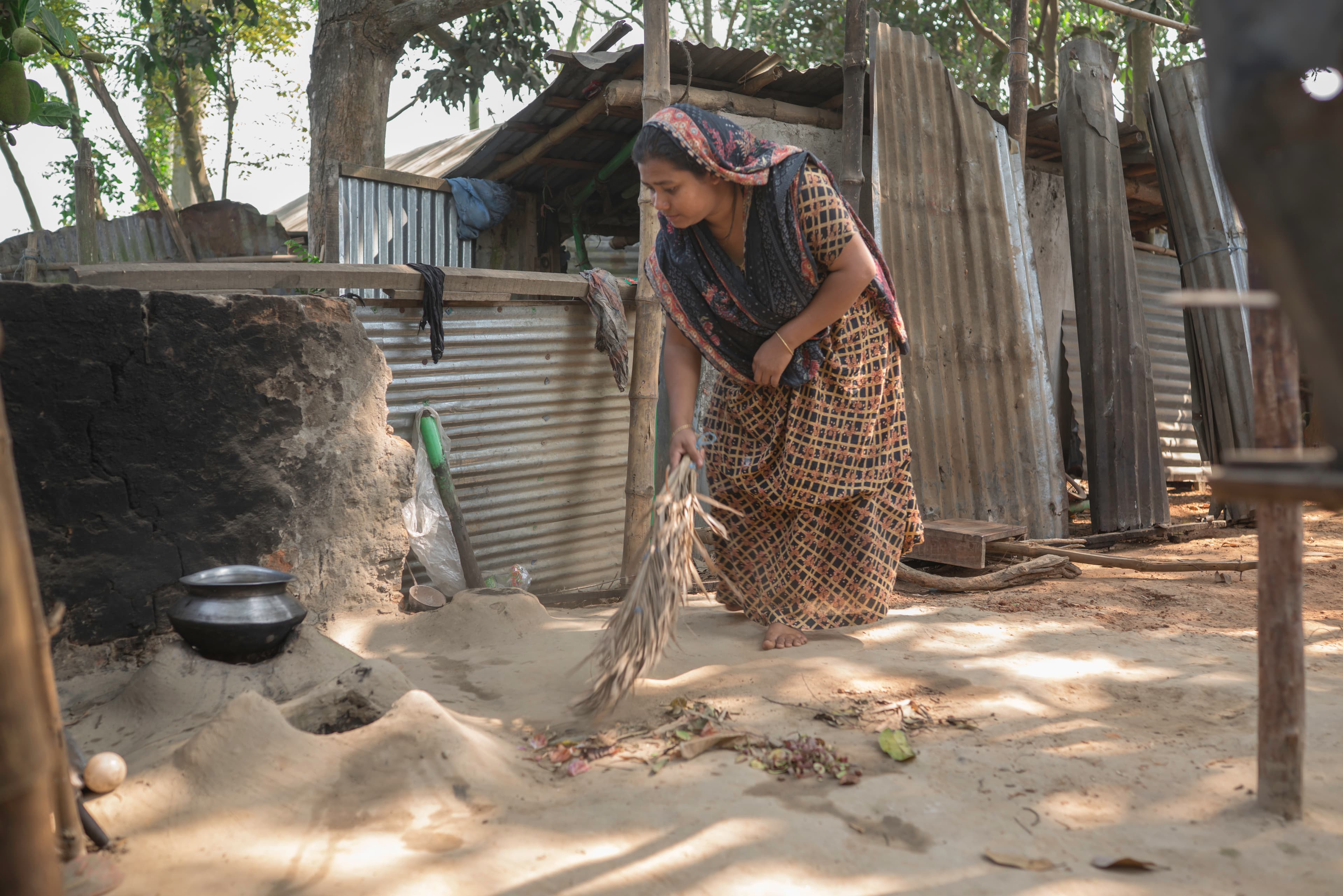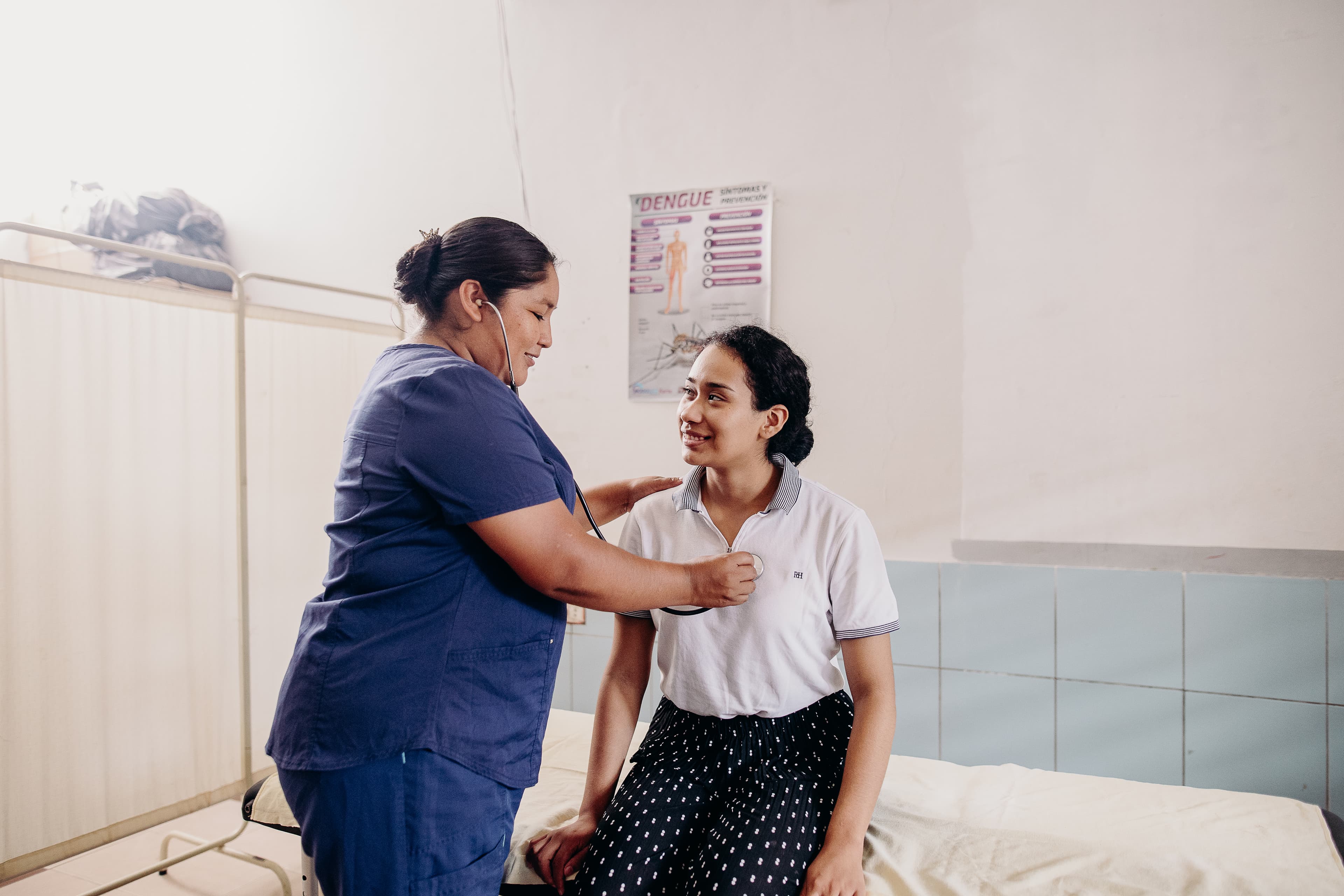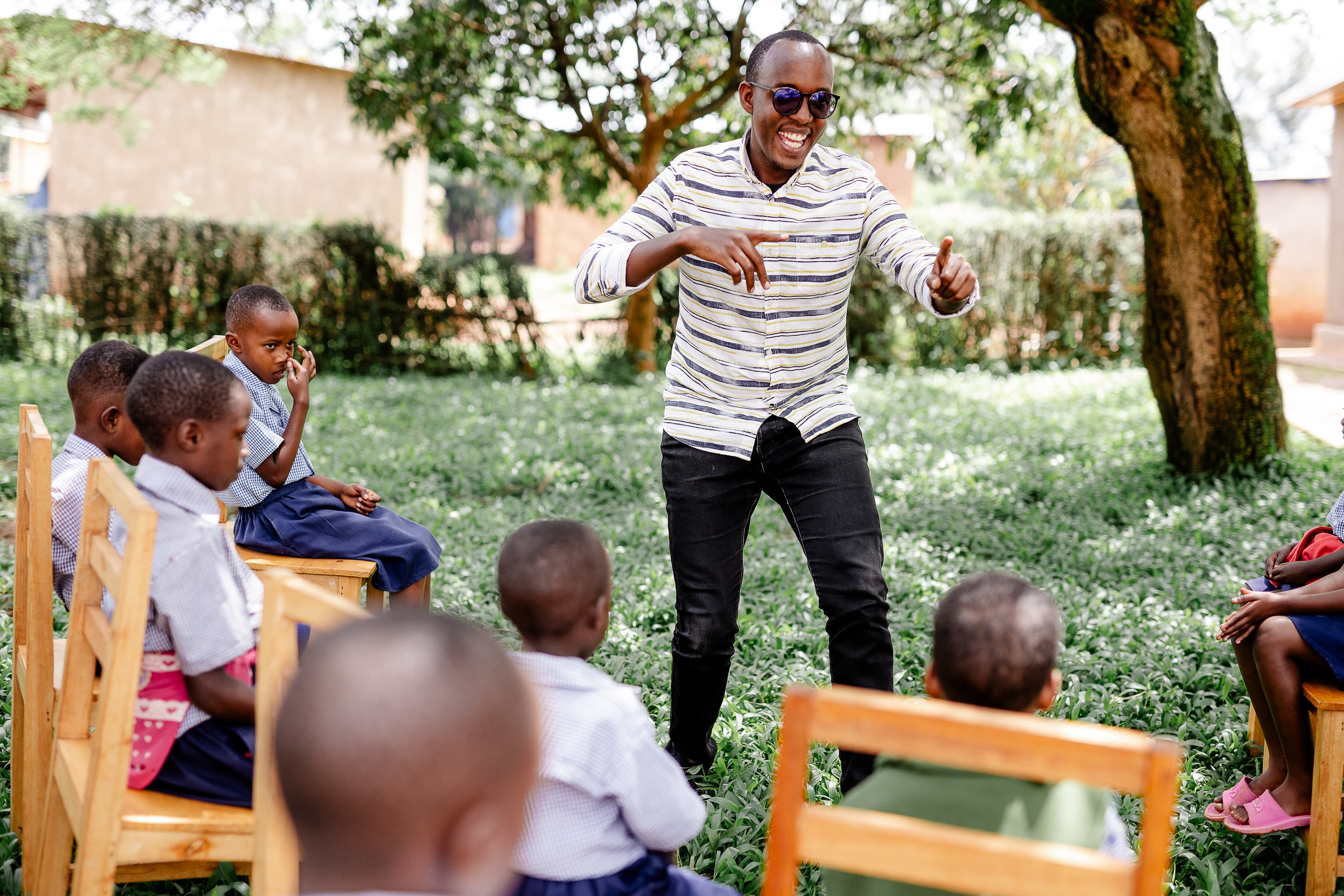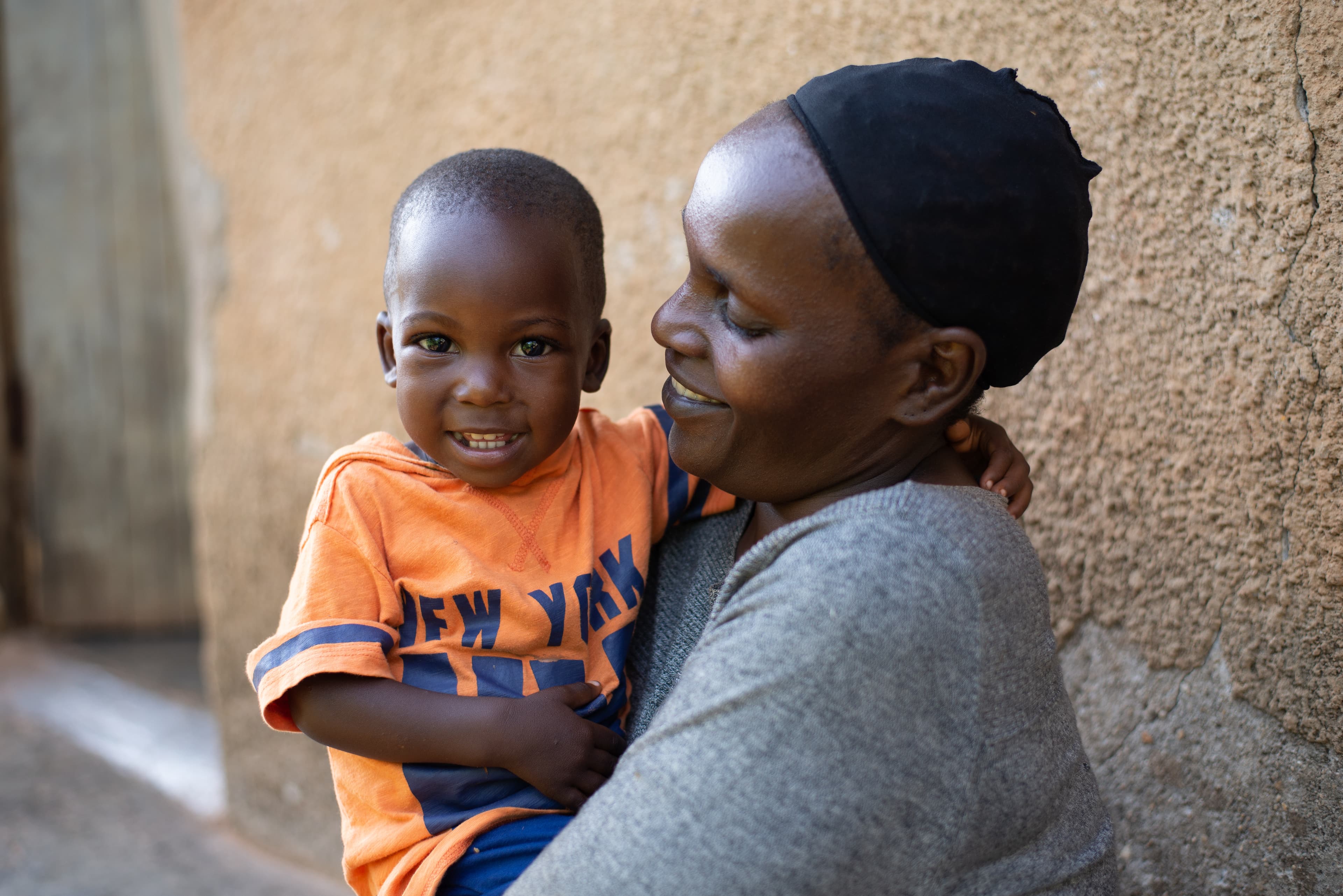The global poverty rate is the percentage of the global population that lives below the international poverty line of $3.00 per day.
This rate is used to track progress in poverty reduction efforts, guide policy decisions, prioritize funding and build awareness of global poverty.
Different factors impact the global poverty rate, including a lack of access to nutritious food and education inequality.
What Is the Global Poverty Rate?
The global poverty rate is defined as the percentage of the global population living below the international poverty line of $3.00 per day, as calculated by the World Bank. Previously, the international poverty line was $2.15 per day; however, the line was updated in 2025.
In 2022 (the most recent data), about 838 million people lived in extreme poverty based on the new poverty line. The World Bank estimates the global poverty rate at 9.9% in 2025, a decline from 10.5% in 2022.
How Is the Global Poverty Rate Used?
The global poverty rate is most often used to track progress in poverty reduction efforts. For example, Compassion International monitors the global poverty rate to understand how our programs are helping reduce poverty in countries around the world.
The rate is also used to guide policy decisions, to prioritize funding and resources and to simply build awareness about poverty and its global impact.
How Is the Global Poverty Rate Calculated?
As we mentioned above, the global poverty rate is determined by the percentage of the population living below the international poverty line. So, to understand how the global poverty rate is calculated, we need to understand how the international poverty line is determined.
Each country around the world sets a poverty line based on the cost of goods and services like food. The poverty lines from the most impoverished countries are examined by the World Bank and converted into a common currency using Purchasing Power Parities (PPP). This forms the basis of the international poverty line.
Finally, to find the global poverty rate, we calculate how many people live below the international poverty line.
What Affects the Global Poverty Rate?
There are many things that affect the global poverty rate around the world. Below, we’ve listed a few ways people are often driven into poverty or deeper into it.
Access to Nutritious Food and Clean Water
A lack of nutritious food and clean water are two big reasons why children and their families struggle to break free from a life of poverty. For example, a child without nutritious food may struggle with health issues and learning difficulties. And without clean water, they may suffer from preventable diseases that keep them sick. These consequences may prevent children from going to school, for example, reducing their likelihood of accessing better income opportunities as adults. And sadly, this perpetuates the cycle of poverty within families.
Education Inequality
Most people living in poverty suffer from extreme obstacles to education. For example:
In border communities, refugees have little to no access to education.
Many impoverished families don’t see a benefit to educating their daughters, not understanding that doing so can break generational poverty.
Many families simply can’t afford school supplies or fees.
According to UNESCO, nearly 60 million people could escape poverty if all adults had just two more years of schooling. And if all adults completed secondary education, 420 million could be lifted out of poverty.
Lack of Access to Medical Care
In countries where health systems are weak, easily preventable and treatable illnesses like malaria and diarrhea can be deadly. This is especially true for children.
Sadly, many families simply can’t afford medical care. Others must travel far from home to reach a clinic or a hospital, which comes at a cost. And in both cases, many families must decide between food or accessing medical care — an impossible decision to make.
Many families may find themselves needing to sell what assets they do have to pay for care, pushing them further into poverty.
Other FAQs About Global Poverty
At What Rate Are People Dying From Poverty Each Year?
Accurate records for determining how many people die from poverty each year don’t exist. However, numbers do exist for deaths from issues like malnutrition and preventable illnesses, which are often felt by those in poverty.
For example, according to the World Health Organization, nearly half of all deaths among children under five are linked to undernutrition. And according to UNICEF, approximately one in 27 children died before reaching the age of five in 2023 due to issues like preventable diseases such as pneumonia.
Which Countries Have the Highest Poverty Rates?
Most of the world’s impoverished currently live in Sub-Saharan Africa in countries like South Sudan, Nigeria and Madagascar. However, countries in South Asia also see high rates of poverty.
How Is Compassion International Fighting Back Against Poverty?
Compassion International is on a mission to release children from poverty in Jesus’ name. And to do so, we must provide support for every way poverty impacts a child’s life: physically, emotionally, mentally and spiritually.
That’s why we partner with local churches in impoverished communities through our child sponsorship progra to deliver the love and care children need to thrive, including:
The hope of the gospel: Each child is connected to a local church where they hear the gospel and experience Jesus’ love for them.
Protection: Children are surrounded by loving adults trained in child protection who keep them safe and teach them to advocate for themselves.
Care for their health: Children are monitored for malnutrition, have a yearly medical checkup and receive care when they’re sick or hurt.
Education: Each child receives a quality education, empowering them to reach their dreams and become self-sufficient adults.
Disaster relief: Children receive emergency aid, including clean water, shelter and trauma counseling.
With this care, children become healthy and confident followers of Jesus, empowered to leave poverty behind and help others do the same.
What You Can Do to Help
Children need the above care consistently as they journey out of poverty. And that’s where you come in! By becoming a child sponsor, you equip a local church with the resources it needs to care for children.
Your monthly donation provides all the essentials listed above, from malnutrition monitoring to medical care. Plus, you’ll be able to pray for the child you sponsor and send them messages of encouragement, delivering hope where it’s needed most.
While poverty is a big problem, together, we can work to fight back against it. Join Compassion today and help release children from poverty in Jesus’ name.



